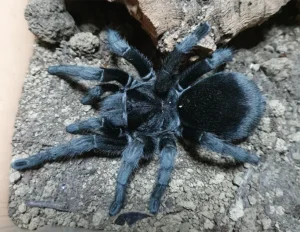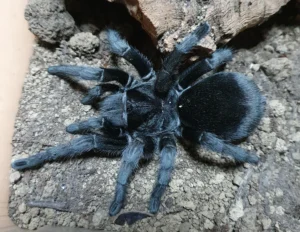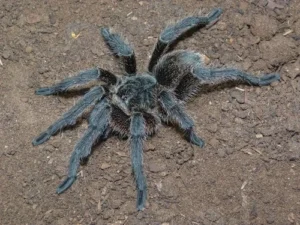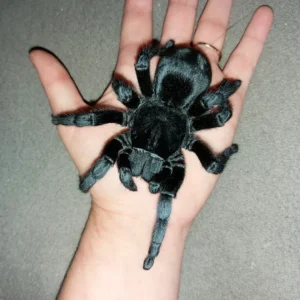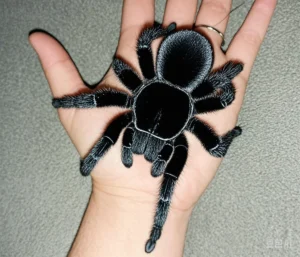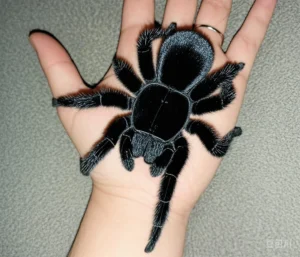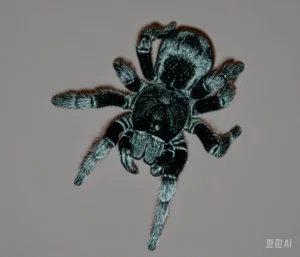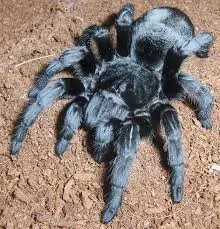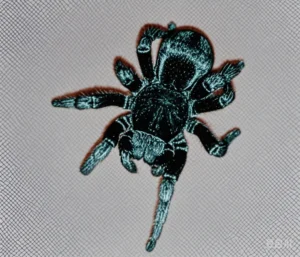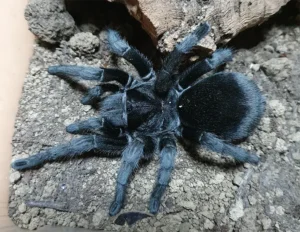Microhabitat Preferences of Grammostola pulchra: Soil Types and Vegetation Associations
Understanding the specific microhabitat preferences of Grammostola pulchra in its natural environment—the grasslands and scrublands of southern Brazil and Uruguay—is key to appreciating its ecological role and ensuring its well-being in captivity. These preferences revolve around factors like suitable burrowing substrates and the type of vegetation cover available.
Natural Habitat Overview
The general habitat of G. pulchra consists of temperate grasslands (pampas) and areas with scattered shrubs or open woodland edges. This region experiences distinct seasons with variable rainfall and temperatures. Within this broader landscape, the tarantulas select specific microhabitats that offer shelter, stable microclimates, and access to prey.
Soil Preferences for Burrowing
As a fossorial (burrowing) species, soil characteristics are paramount for G. pulchra:
- Stability: The soil must be stable enough to allow for the construction and maintenance of deep burrows without collapsing easily. Soils with some clay content or mixture of sand, silt, and clay are often preferred over very loose, sandy soils.
- Drainage: While they need humidity within their burrows, the soil should allow for adequate drainage to prevent waterlogging, especially during heavy rains.
- Depth: Sufficient soil depth is required to excavate burrows that provide thermal insulation and stable humidity levels, protecting them from surface temperature extremes and dehydration.
They often utilize existing crevices, spaces under rocks, or abandoned rodent burrows as starting points, modifying them as needed.
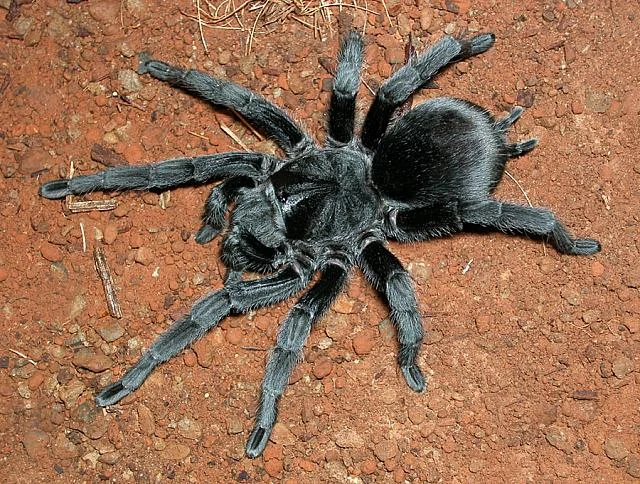
Vegetation Association
Vegetation plays several important roles in the microhabitat selection of G. pulchra:
- Cover and Concealment: Grasses, shrubs, and low-lying vegetation provide cover from predators (like birds and mammals) when the tarantula is near its burrow entrance or foraging.
- Structural Support: Plant roots can help stabilize the soil around burrow entrances.
- Prey Attraction: Vegetation supports insect populations and other small animals that form the tarantula’s diet. Areas with healthy vegetation often have higher prey densities.
- Microclimate Regulation: Vegetation cover helps moderate ground temperature and maintain higher humidity levels near the surface compared to bare ground.
Burrows are often found at the base of grass clumps or shrubs, utilizing the natural structure and cover provided.
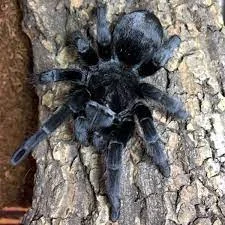
Burrow Structure & Use
G. pulchra burrows can be relatively deep, providing a refuge from harsh surface conditions. They often line parts of the burrow, especially the entrance, with silk. The burrow is the central point of their territory, used for molting, raising young (for females), and ambushing prey that wanders near the entrance.
Implications for Captive Husbandry
Understanding these natural preferences directly informs captive care:
- Substrate Choice and Depth: Provide a deep layer (at least 6-8 inches for adults) of a suitable substrate that holds its shape for burrowing, such as a mix of peat moss, coconut fiber, and vermiculite.
- Hides and Cover: Offer artificial hides (like cork bark or half-logs) and perhaps some fake plants to provide security and mimic natural cover, especially for younger specimens that may not burrow immediately.
- Humidity Management: While the species is adaptable, maintaining moderate humidity (around 60-70%) within the enclosure, especially through moist substrate in lower levels, mimics the conditions within a natural burrow.
By [creating a naturalistic tarantula enclosure](https://www.lopehare.com/tarantula-pet-care/), keepers can encourage natural behaviors like burrowing and provide a secure environment that reflects the microhabitat preferences of Grammostola pulchra.
Replicating key aspects of their natural microhabitat—specifically the opportunity to burrow deeply in appropriate substrate—is vital for the psychological and physiological well-being of captive G. pulchra.
References:
- Information on the ecology of South American grasslands and Theraphosidae burrowing behavior.
- Perafán, C., & Pérez-Miles, F. (2014). The harvestmen (Arachnida, Opiliones) of Cerro Largo, Uruguay. *Zootaxa*, 3887(3), 367–380. (Example study of arachnids in the region, indicative of habitat types).

